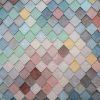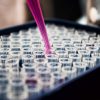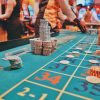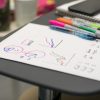When you work with OpenCV, you most often work with images. However, you may find it useful to create animation from multiple images. Chances are that showing images in rapid succession may give you different insight or it is easier to visualize your work by introducing a time axis. In this post, you will see […]










